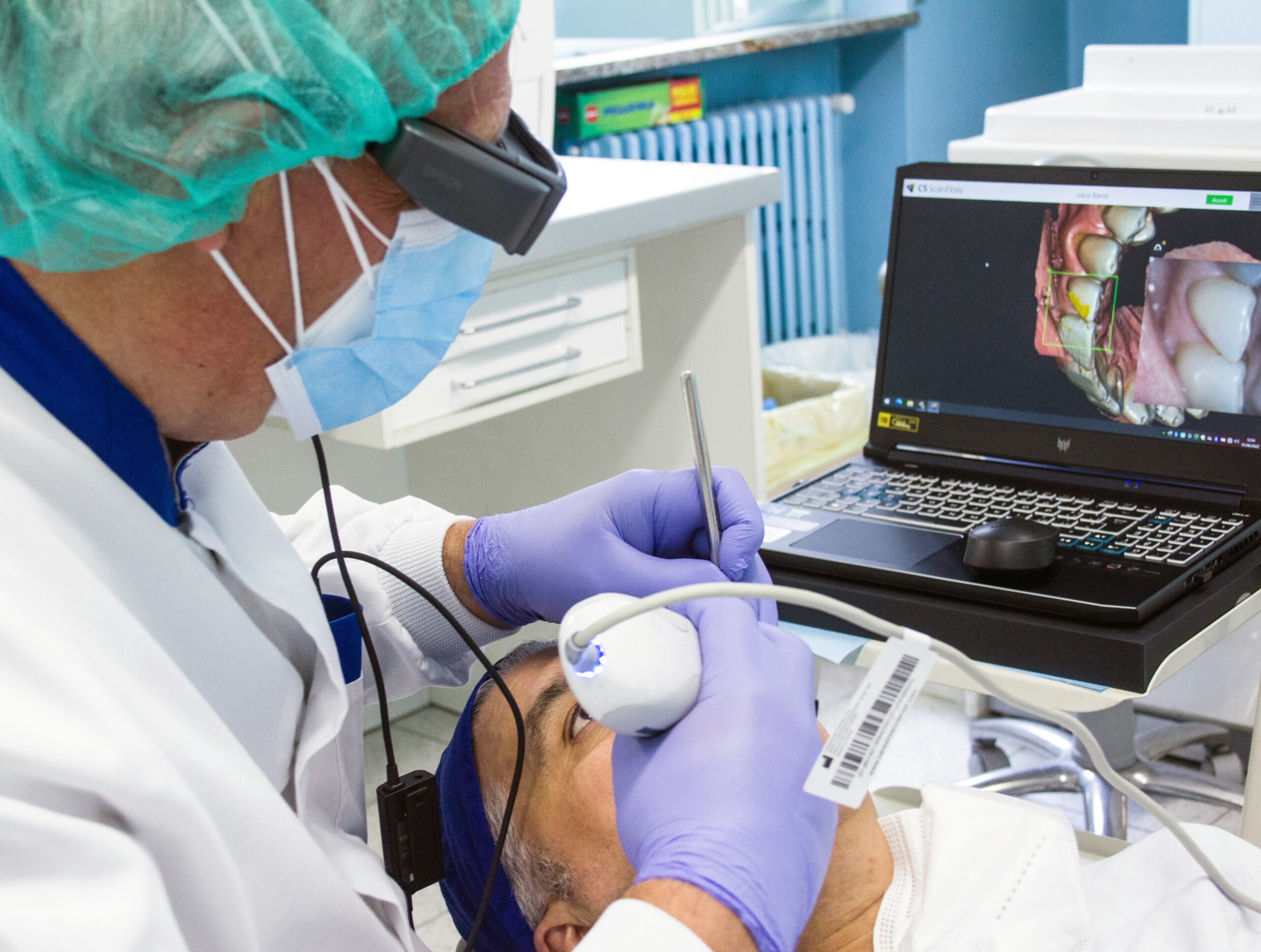
Medical technology is moving faster than ever, and smart devices are leading the way. These innovations help doctors provide more accurate diagnoses and allow patients to track their health in real time. With devices that monitor everything from heart rhythms to blood sugar levels, care is no longer limited to the doctor’s office. Instead, it becomes a daily part of life that patients can manage with ease.
Smart devices also improve communication between doctors and patients. By sharing real-time data, doctors can make better treatment decisions and adjust plans without delay. This constant connection creates stronger trust and ensures patients receive the right care at the right moment. The rise of smart medical devices proves that healthcare is becoming more proactive and accessible.
Artificial Intelligence in Patient Care
Artificial intelligence is reshaping patient care through powerful diagnostic tools and predictive analytics. Devices powered by AI can scan medical images, detect irregularities, and suggest next steps with remarkable speed. Doctors use these insights to confirm decisions, reduce errors, and treat conditions earlier. By cutting down diagnostic delays, AI-driven devices save time and often save lives.
These devices also analyze massive amounts of patient data, giving doctors a complete view of health trends. With this knowledge, doctors can personalize treatments and improve long-term outcomes. Artificial intelligence does not replace human expertise—it enhances it. Together, AI and skilled providers create a stronger, smarter healthcare system.
Robotics in Modern Surgery
Robotic devices have transformed surgical procedures, offering unmatched precision and control. Surgeons now perform complex operations with smaller incisions, which means less pain, shorter hospital stays, and faster recovery. Patients benefit from reduced risks and improved outcomes, while doctors gain tools that make surgeries safer and more efficient.
Robotics also extends into rehabilitation. Exoskeleton devices help patients regain mobility after strokes or injuries by guiding natural movements. This steady support encourages faster progress and gives patients hope for independence. The use of robotics in both surgery and recovery shows how devices are reshaping the full patient journey.
Wearable Devices Empowering Patients
Wearable medical devices are giving patients more control over their health. Smartwatches and fitness trackers now monitor vital signs like heart rate, oxygen levels, and even sleep quality. These insights help patients make healthier choices and respond quickly to potential issues. With wearables, healthcare becomes personal, proactive, and part of everyday living.
Doctors also gain valuable benefits from these devices. Continuous streams of data help physicians identify patterns and make better decisions during appointments. By combining patient engagement with professional oversight, wearable devices close the gap between daily life and medical care. This technology empowers patients while improving outcomes.
Telemedicine Tools Expanding Access
Telemedicine devices are making healthcare accessible to patients everywhere. Portable diagnostic tools let people check blood pressure, glucose levels, and heart activity at home. The results are transmitted directly to their doctors, who can respond quickly. This seamless process reduces the need for in-person visits while maintaining high-quality care.
When paired with video consultations, telemedicine devices create an interactive experience that feels almost like a clinic visit. Patients save time, avoid travel, and gain access to specialists who may be miles away. Telemedicine has become a permanent part of healthcare, breaking barriers and ensuring care reaches everyone.
Regenerative Devices Restoring Hope
Regenerative medicine devices are unlocking the body’s ability to heal itself. Stem cell delivery systems and tissue-engineering devices support the repair of damaged organs and tissues. Patients with conditions once considered untreatable now have access to therapies that promote true recovery instead of just symptom relief.
Bioprinting devices add even more promise. Researchers are printing skin, cartilage, and blood vessels, to produce entire organs. These devices could one day eliminate transplant waiting lists by creating patient-specific organs. Regenerative devices represent some of the most inspiring breakthroughs in modern medicine.
Data Integration Devices Improving Efficiency
Devices that integrate patient data into unified systems are streamlining care. Doctors can access lab results, imaging, and wearable data in one place, saving time and reducing errors. This efficiency allows for faster decisions and smoother communication across healthcare teams. Patients enjoy a more coordinated and reliable experience.
Integration devices also empower patients by giving them easier access to their health records. Transparency strengthens engagement, and patients become active participants in their care. By simplifying complex information, these devices transform data into actionable insights that improve patient outcomes.
Virtual Reality Devices in Training and Therapy
Virtual reality devices are revolutionizing both medical education and patient therapy. In training, VR creates lifelike simulations where doctors can practice procedures without risk. This immersive learning improves skills and prepares professionals for real-world challenges.
For patients, VR devices help manage pain, reduce anxiety, and aid rehabilitation. Immersive environments distract from discomfort and motivate patients to complete therapy sessions. By supporting both providers and patients, virtual reality devices highlight how innovation can impact every stage of care.
Nanotechnology Devices Delivering Precision
Nanotechnology is pushing medicine into the microscopic world. Devices using nanoscale technology deliver drugs directly to diseased cells, sparing healthy tissues. This precision reduces side effects and increases treatment effectiveness. Patients with cancer and other serious conditions benefit most from these breakthroughs.
Nano-devices also assist in early disease detection. Sensors can identify changes at the cellular level before symptoms appear, enabling earlier treatment. With nanotechnology, medicine moves from general treatments to highly targeted solutions. These tiny devices hold enormous potential for the future of healthcare.
Preparing for the Future of Patient Care
The pace of innovation in medical devices shows no sign of slowing. From wearables and robotics to nanotechnology and regenerative tools, each breakthrough transforms patient care in profound ways. These devices make healthcare more accurate, accessible, and patient-centered than ever before.
Practices that embrace these devices prepare themselves for the future. Patients increasingly expect technology to play a role in their care, and providers who adapt will stand out. The future of healthcare is not a distant dream—it is here, powered by cutting-edge medical devices that continue to amaze.